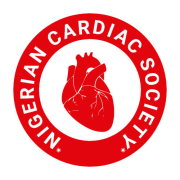

Author(s): Andrea Natale
The considerable underlying structural abnormalities are not taken into account by the description of atrial fibrillation (AF) as a functional electrical condition. Microstructural alteration of the muscular sleeve of the atrium and pulmonary vein (PV) creates a weak foundation for the maintenance of AF. Despite a lack of knowledge about the anatomical and functional underpinnings of AF, current data show that this arrhythmia typically needs a trigger for start and a weak electrophysiological and/or anatomical substrate for maintenance. It is currently unknown if the trigger mechanisms involve micro re-entry from cardiac tissue, prompted activity, or focused improved automaticity. Both sympathetic and parasympathetic stimuli, which also appear to be involved in AF maintenance, can promote AF onset. Inflammation is linked to both new-onset and recurrent AF through a mechanism that may involve cellular ageing, apoptosis, and ensuing atrial fibrosis, according to growing clinical data.